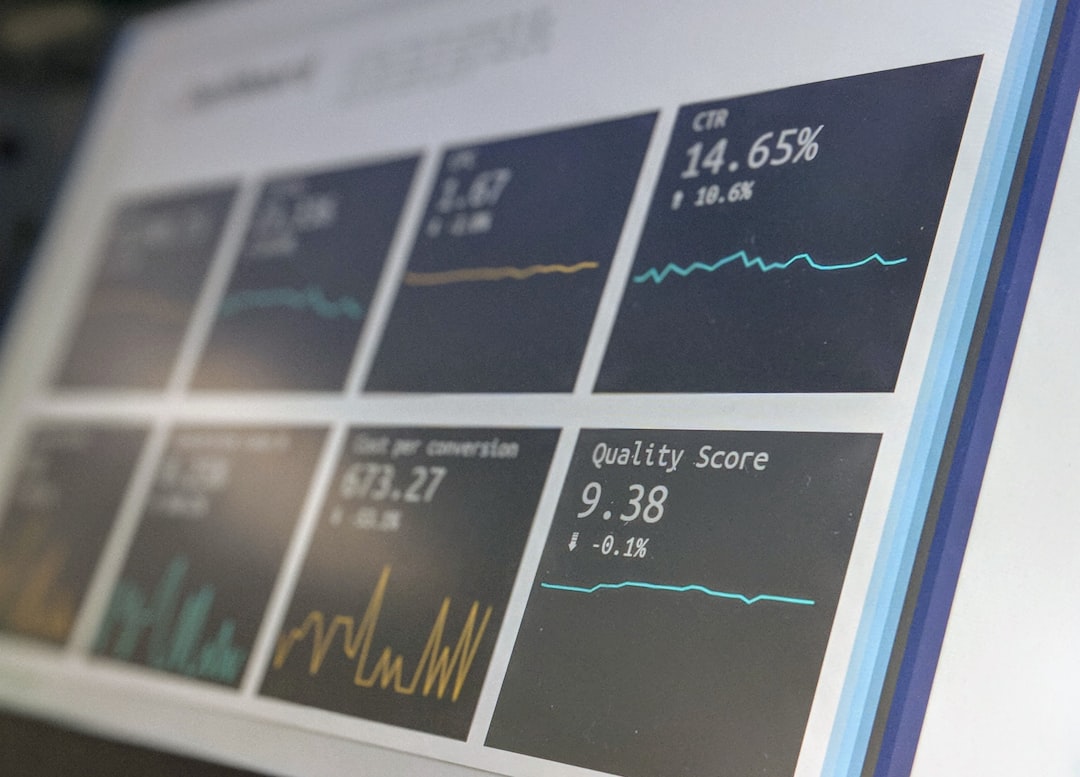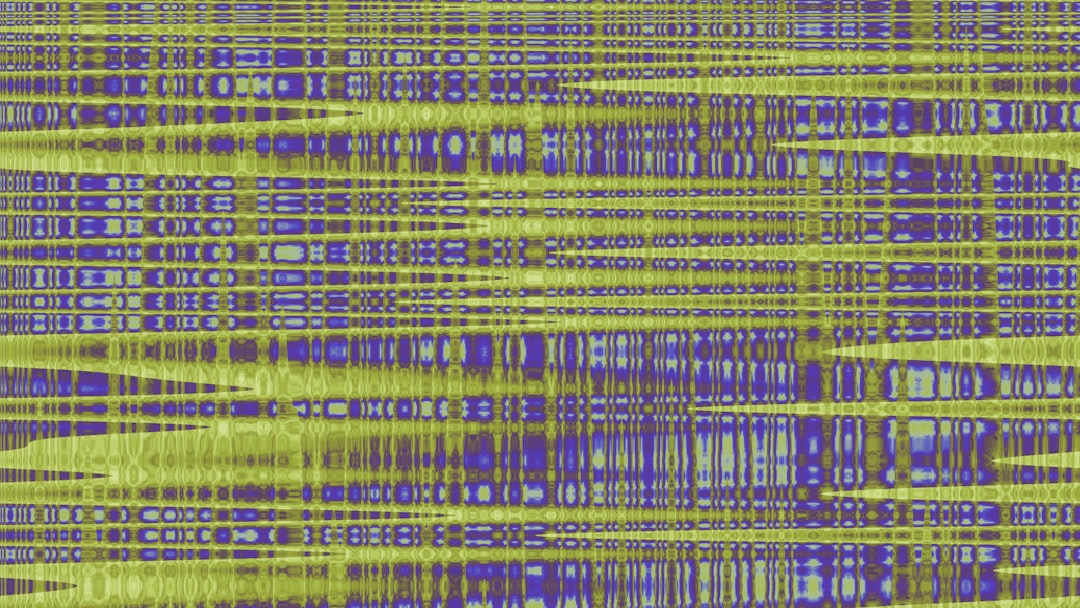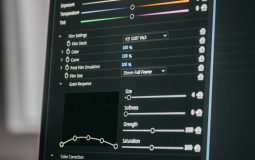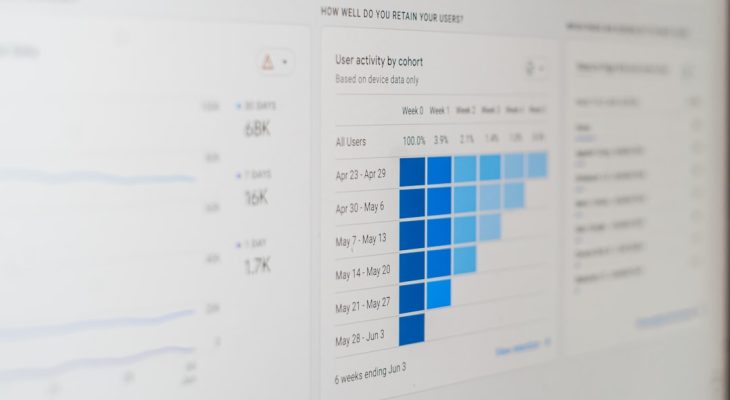IT infrastructure monitoring plays a crucial role in modern digital business environments. With systems growing in complexity and scale, organizations require dependable solutions to track performance, detect anomalies, and maintain uptime. Fortunately, in 2025, the open source community continues to offer powerful, reliable tools that provide enterprise-grade monitoring capabilities without the high licensing costs of proprietary alternatives.
Below is a list of five open source monitoring tools that stand out in 2025 for their robustness, scalability, and community support.
1. Prometheus
Originally developed at SoundCloud, Prometheus is a favorite in the DevOps and cloud-native ecosystems. It’s known for its multidimensional data model and powerful query language, PromQL. Prometheus monitors metrics from configured targets and supports service discovery, making it ideal for dynamic cloud-based environments.
- Strong integration with Grafana for visualization
- Efficient time-series database
- Built-in alerting system with Alertmanager

2. Zabbix
Zabbix remains a top choice in 2025 due to its all-in-one approach. It offers real-time monitoring of networks, servers, virtual machines, and cloud services. With its predictive functions and automation support, Zabbix helps IT teams address issues before they impact operations.
- Agent and agentless monitoring options
- Rich set of templates for easy setup
- Supports SNMP, IPMI, and JMX for hardware-level monitoring
3. Grafana Loki + Tempo
Grafana has expanded beyond dashboards. In 2025, the combination of Loki for logs and Tempo for tracing forms a full-stack observability suite when paired with Prometheus for metrics. Together, the trio provides a comprehensive view into system behavior across metrics, logs, and traces without leaving the Grafana interface.
- Highly scalable and cost-efficient
- Seamless UI integration with existing Grafana dashboards
- No indexing of logs, allowing for quick setup and reduced storage costs

4. Nagios Core
As one of the oldest and most stable monitoring platforms, Nagios Core continues to thrive thanks to its modularity and community plugins. While it focuses primarily on host and service monitoring, its plugin architecture allows for broad customization.
- Highly customizable with hundreds of plugins and community add-ons
- Robust alerting and escalation options
- Can be extended with Nagios XI or other front-end tools
5. Checkmk Raw Edition
Built on Nagios but completely overhauled, Checkmk Raw in 2025 is a fast, flexible tool appealing to both enterprise users and smaller teams. It is appreciated for its ease of use, rapid installation, and the ability to conduct in-depth checks across IT assets with minimal setup.
- Built-in auto-discovery of services
- Supports monitoring of cloud and containerized environments
- Active and passive checks for full coverage

Conclusion
As IT infrastructure becomes more complex, the need for effective and scalable monitoring grows. The open source tools highlighted above each bring unique strengths for different operational needs in 2025. Whether it’s a focus on metrics, logs, or a full observability stack, these platforms provide the reliability and customization modern IT teams demand—all with the transparency and cost efficiency of open source software.
Frequently Asked Questions (FAQ)
Q1: Are these tools suitable for enterprise use?
Yes, many large enterprises actively use tools like Prometheus, Zabbix, and Grafana in production. They offer scalability, security, and enterprise support through commercial versions or third-party vendors.
Q2: Do these tools support cloud-native environments?
Absolutely. Tools like Prometheus, Grafana Loki, and Checkmk are designed with Kubernetes and cloud scalability in mind. They support service discovery, containerized environments, and dynamic infrastructure.
Q3: Can I use more than one of these monitoring tools together?
Yes, combining tools is common to achieve a more comprehensive monitoring stack. For example, many teams use Prometheus for metrics, Loki for logs, and Tempo for tracing—all visualized in Grafana dashboards.
Q4: Is there a learning curve for open source monitoring tools?
It depends on the tool. Prometheus and Nagios may have a steeper learning curve, while Zabbix and Checkmk offer more user-friendly interfaces and templates to get started quickly.
Q5: How frequently are these tools updated?
Most of these tools are actively maintained with frequent updates. Large communities and foundation-backed development (like CNCF for Prometheus) ensure quick bug fixes, security patches, and new features.








